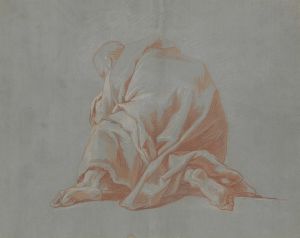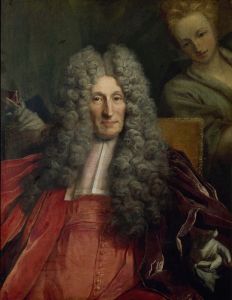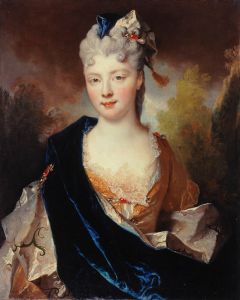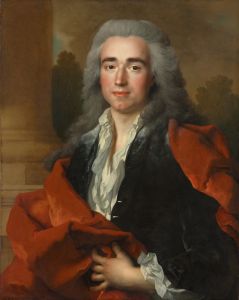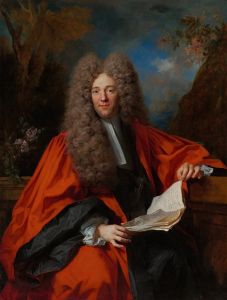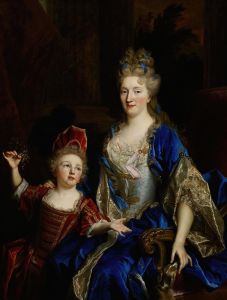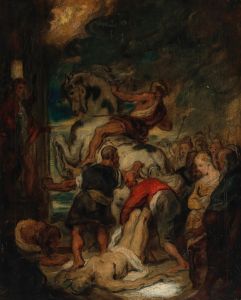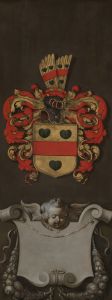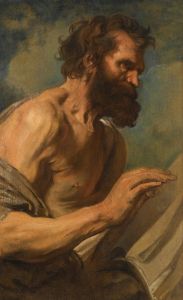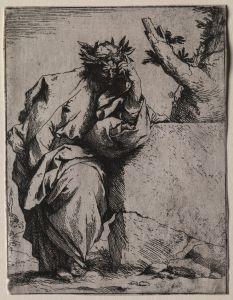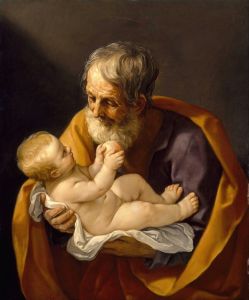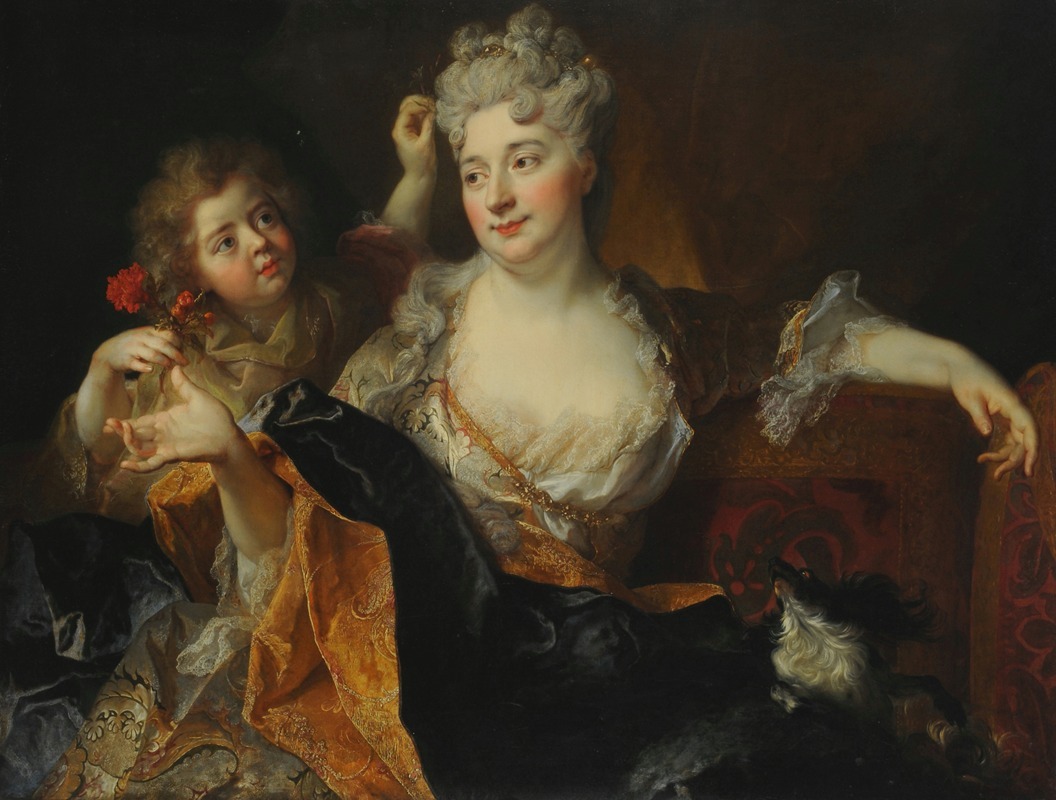
Portrait of Marguerite-Elisabeth Forest de Largillierre and her son Nicolas
A hand-painted replica of Nicolas de Largillière’s masterpiece Portrait of Marguerite-Elisabeth Forest de Largillierre and her son Nicolas, meticulously crafted by professional artists to capture the true essence of the original. Each piece is created with museum-quality canvas and rare mineral pigments, carefully painted by experienced artists with delicate brushstrokes and rich, layered colors to perfectly recreate the texture of the original artwork. Unlike machine-printed reproductions, this hand-painted version brings the painting to life, infused with the artist’s emotions and skill in every stroke. Whether for personal collection or home decoration, it instantly elevates the artistic atmosphere of any space.
Nicolas de Largillière was a prominent French painter known for his portraits, which captured the elegance and opulence of the late Baroque period. One of his notable works is the "Portrait of Marguerite-Elisabeth Forest de Largillierre and her son Nicolas." This painting exemplifies Largillière's skill in portraying the intricate details of his subjects' attire and expressions, reflecting the social status and personal characteristics of the individuals depicted.
Marguerite-Elisabeth Forest de Largillierre was the wife of Nicolas de Largillière, and their son, Nicolas, is also featured in the painting. The portrait is a testament to Largillière's ability to convey the intimate bond between mother and child while also highlighting the grandeur of their attire, which was typical of the French aristocracy during the late 17th and early 18th centuries.
The composition of the painting is carefully balanced, with Marguerite-Elisabeth positioned prominently, her gaze directed towards the viewer, exuding confidence and grace. Her son, Nicolas, is depicted with a gentle expression, standing close to his mother, which emphasizes their familial connection. The background of the painting is subtly rendered, ensuring that the focus remains on the subjects.
Largillière's use of color and texture is particularly noteworthy in this portrait. The rich fabrics of Marguerite-Elisabeth's gown are depicted with meticulous attention to detail, showcasing Largillière's mastery in rendering different materials. The interplay of light and shadow adds depth to the painting, enhancing the three-dimensionality of the figures.
This portrait not only serves as a personal family depiction but also as a representation of the societal norms and fashion of the time. The clothing and accessories worn by Marguerite-Elisabeth and her son are indicative of their high social standing and the cultural milieu of the French elite. Largillière's work is often celebrated for its ability to capture the essence of his subjects while also providing insight into the broader cultural and historical context.
Nicolas de Largillière was a highly respected artist in his time, and his portraits were sought after by the nobility and affluent members of society. His ability to blend realism with an idealized portrayal of his subjects made his work particularly appealing. The "Portrait of Marguerite-Elisabeth Forest de Largillierre and her son Nicolas" is a fine example of his artistic prowess and remains an important piece in the study of Baroque portraiture.
The painting is housed in a collection that appreciates the historical and artistic significance of Largillière's work. It continues to be studied and admired for its technical excellence and its ability to convey the personal and societal narratives of its time. Through this portrait, viewers are offered a glimpse into the world of the French aristocracy and the artistic achievements of Nicolas de Largillière.





